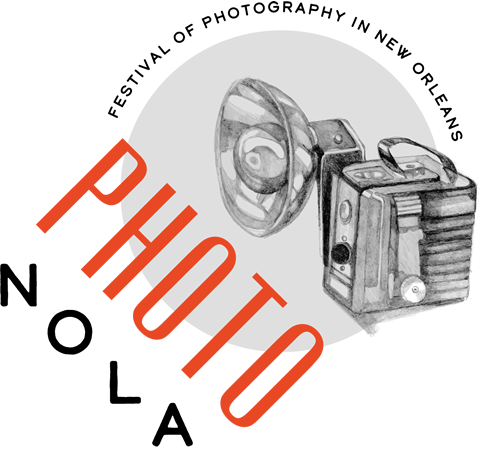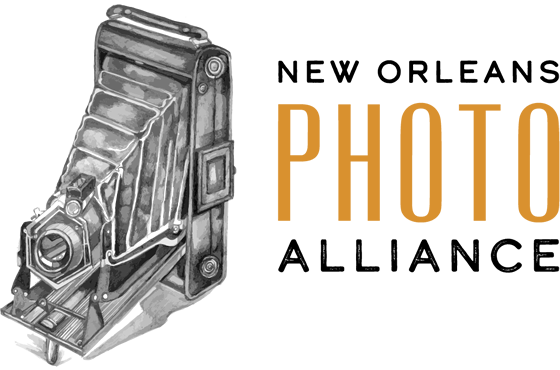
Keith Calhoun and Chandra McCormick: Labor Studies
November 3, 2018 – February 10, 2019
Opening: Saturday, Nov 3, 6-9pm
Gallery Talk & Exhibition walk through: Friday, Dec 14, 4:30pm
Living and working in the Ninth Ward of New Orleans, Keith Calhoun and Chandra McCormick have documented the city and its people for forty years.
This comprehensive exhibition will present their photographs of laboring communities including the last sugar cane and sweet potato harvesters, unionized dockworkers, musician day laborers, hospitality and restaurant workers, domestic caretakers and one of the largest workforces in the state of Louisiana, the inmates of the Louisiana State Penitentiary at Angola. This will be the first exhibition to present Calhoun and McCormick’s extensive documentation of the city’s changing labor force.
On Friday, December 14 there will be gallery talk & exhibition walk through with the artists, Keith Calhoun and Chandra McCormick, and Andrea Andersson, the CAC’s Chief Curator of Visual Arts. This event is free and open to the public. Please mention PhotoNOLA at front desk to be given access to the second floor galleries free of charge.
ABOUT THE ARTISTS
Keith Calhoun and Chandra McCormick were born and raised in the lower ninth ward of New Orleans, Louisiana. As husband and wife team, they have been documenting Louisiana and its people for more than 40 years. Calhoun and McCormick have documented the soul of New Orleans and a vanishing Louisiana: the last of the sugar cane workers, the dockworkers, the sweet potato harvesters, and the displacement of African Americans after Katrina. In New Orleans, they have documented the music culture, which consists of Brass Bands, Jazz Funerals, Social and Pleasure Clubs, Benevolent Societies, and the Black Mardi Gras Indians. They photograph the traditions of black church services and religious rituals; community rites and celebrations, such as parades, and jazz funerals; and the cruel conditions of the Louisiana State Penitentiary at Angola, a former slave-breeding plantation named for the African nation from which “the most profitable” slaves, according to slave owners, were kidnapped.
Working collaboratively, they have created several photographic series, including: Louisiana Laborers; The Dock Worker, Longshoreman, and Freight Handlers on the docks of New Orleans; Sugar Cane Field Scrappers in the river parishes along the Mississippi river; Cotton Gins, and Sweet Potato Workers in East Carrol parish of Lake Providence Louisiana. In the early 1980s they began a body of work they call Slavery: The Prison Industrial Complex, which continues today. The series serves as both historical record and testimony of life at the Angola penitentiary, also called “The Farm”. Their work sheds light on the “criminal justice” system, of forced labor under the guns of white men on horseback, in Louisiana’s Angola state prison. Calhoun and McCormick’s work restores visibility and humanity to a population often forgotten by the public at large.
Calhoun and McCormick’s images have been published in Aperture magazine, in online features for The New Yorker, and National Geographic Magazine, and are included in the book, Reflections in Black: A History of Black Photographers, 1840 to the Present. They have exhibited internationally at venues including the Smithsonian Institution’s Anacostia Museum,in Washington, DC; the Brooklyn Museum; the Louisiana State Museum; The Peace Museum in Chicago; the New Orleans Museum of Art, Prospect.3 / Ogden Museum of Southern Art, and the Venice Biennial.
Image: Chandra McCormick – Joyce Priestly, Bessie K Plantation, 1980s
Support for this exhibition is provided by the Azby Fund, Sydney & Walda Besthoff, The Helis Foundation, the John T. Scott Guild and the Visual Arts Exhibition Fund.The exhibition is also supported in part by a Community Arts Grant made possible by the City of New Orleans and administered by the Arts Council New Orleans, as well as by a grant from the Louisiana Division of the Arts, Office of Cultural Development, Department of Culture, Recreation and Tourism, in cooperation with the Louisiana State Arts Council.

